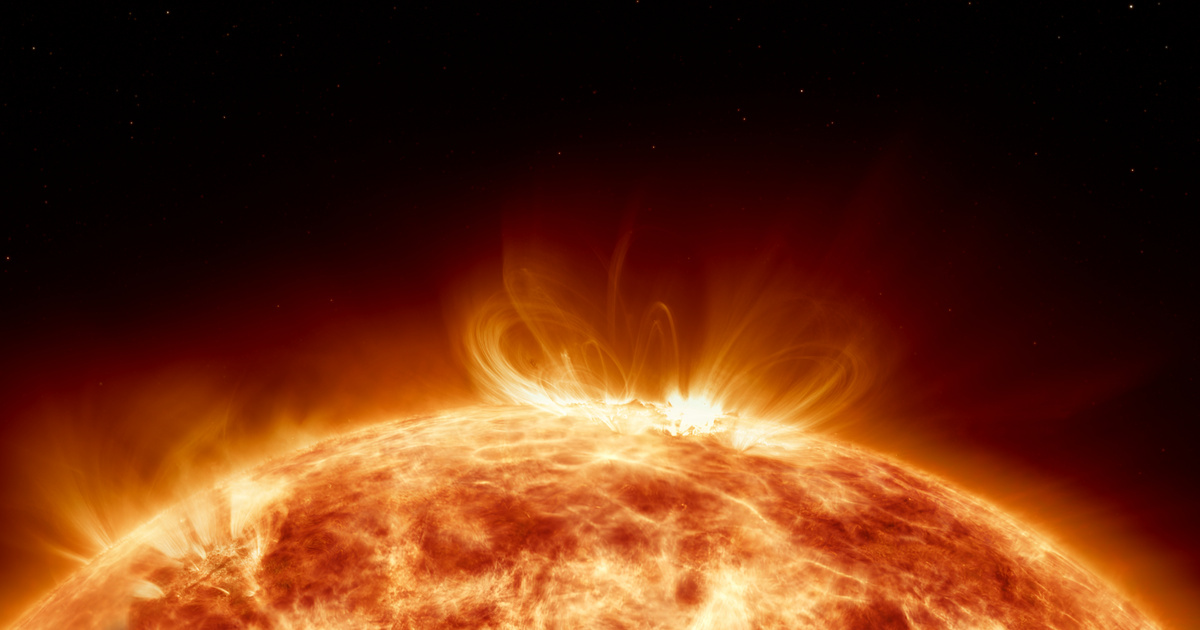Solar flares are intense bursts of radiation from the surface of the Sun, usually near sunspots. Solar flares are divided into several categories based on their strength, and are ranked in order of increasing intensity: A, B, C, M, X. Sunspots are most common near the peak of the 11-year solar cycle. The current cycle, No. 25, is expected to reach its peak this year.
Between Wednesday and Thursday, three X-class solar flares occurred, the third of which is the most powerful in the current 11-year solar cycle, according to the European Space Agency. Washington Post.
Solar flares and their accompanying coronal ejections can affect “space weather” in the Solar System and even here on Earth. CMEs are slower shock waves of magnetic energy coming from the Sun.
Solar flares can reach Earth in just minutes, but CMEs are usually slower and take at least a day to reach our planet. However, the current solar flares have not been accompanied by coronal ejections, so no further impacts on Earth are expected, and there will be no northern lights, as is often the case when such geomagnetic storms reach Earth.
However, the intense light impact associated with the eruption did reach Earth, but it mainly affected the Pacific and Indian Oceans, so it did not cause any disturbance. However, there may be more opportunities for X-class flares and CMEs in the coming days.














































